Experimenting with composition techniques in astrophotography allows photographers to create stunning visuals that transcend the boundaries of traditional space photography. By incorporating various elements such as color, shapes, and patterns, photographers can evoke emotions and engage viewers in a mesmerizing space experience. In this article, we will explore some of the most popular composition techniques used in experimental astrophotography.
Rule of Thirds
The Rule of Thirds is a fundamental principle followed by photographers across various genres, including astrophotography. According to this rule, an image is divided into nine equal parts by two equally-spaced horizontal and vertical lines. Placing the key elements of the composition along these lines and their intersections creates a more visually pleasing and balanced image.
Key takeaways:
- The Rule of Thirds helps in creating a balanced composition in experimental astrophotography.
- Positioning important elements along the lines or their intersections adds more visual interest to the image.
Leading Lines
Leading lines are powerful tools to guide the viewers’ gaze towards the main subject in a photograph. By incorporating elements such as stars, star trails, or even the silhouettes of landscapes, experimental astrophotographers can create captivating leading lines that draw the viewer’s attention to the intended focus point.
Key takeaways:
- Leading lines provide a dynamic element to the composition, leading the viewer’s eyes to the main subject.
- Elements like star trails or landscape silhouettes can be used as leading lines in experimental astrophotography.
Symmetry and Reflections
Symmetry and reflections add a sense of balance and harmony to an image. In experimental astrophotography, capturing the reflection of stars or galaxies on a calm body of water can create a mesmerizing and ethereal effect. Symmetrical compositions can also be achieved by framing the celestial objects between two identical elements, such as trees or buildings.
Key takeaways:
- Symmetry and reflections create a sense of balance and harmony in experimental astrophotography.
- Using calm bodies of water to capture reflections of stars or galaxies enhances the ethereal effect of the image.
Negative Space
Negative space is the area surrounding the main subject in an image. In experimental astrophotography, utilizing negative space effectively can produce a dramatic impact, emphasizing the subject and evoking a sense of vastness and solitude. By placing the celestial objects in one corner of the frame and leaving the rest empty, photographers can create a thought-provoking composition.
Key takeaways:
- Negative space enhances the visual impact of the main subject by emphasizing its isolation and grandeur.
- Leaving empty space around celestial objects creates a sense of vastness and solitude.
Conclusion
Experimental astrophotography offers a new perspective on capturing the wonders of the cosmos. By exploring composition techniques such as the Rule of Thirds, leading lines, symmetry and reflections, and negative space, photographers can create mesmerizing images that push the boundaries of traditional astrophotography. Each technique adds a unique element to the composition, enhancing the visual impact and allowing viewers to experience the beauty and mystery of the universe in an abstract and artistic way.
Key takeaways:
- Experimental astrophotography merges the realms of science and art, showcasing the cosmos in a unique and abstract way.
- Composition techniques like the Rule of Thirds, leading lines, symmetry and reflections, and negative space can be effectively applied in experimental astrophotography.
- Each technique brings an artistic element to the composition, enhancing the visual impact and conveying emotions to the viewers.
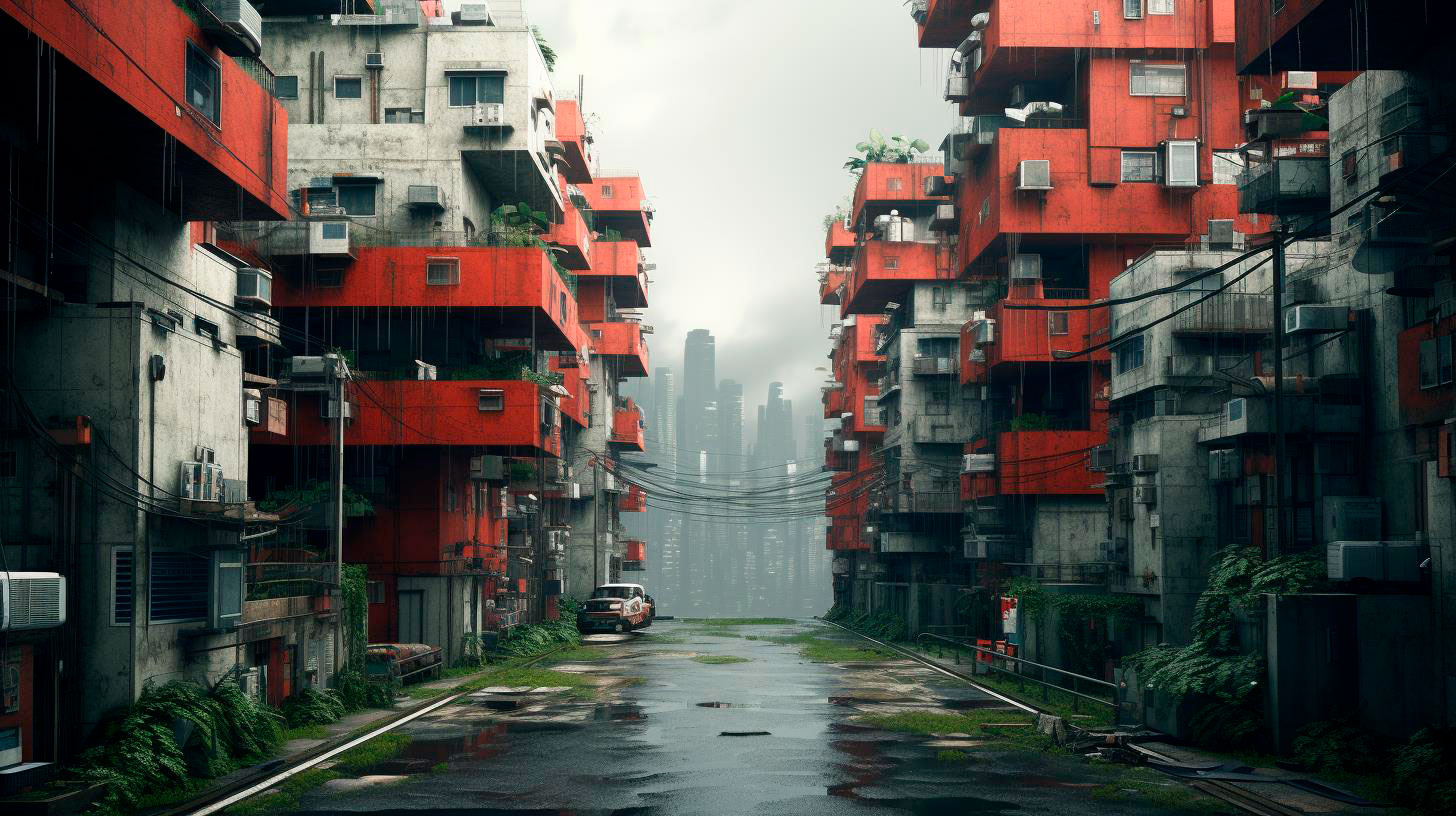


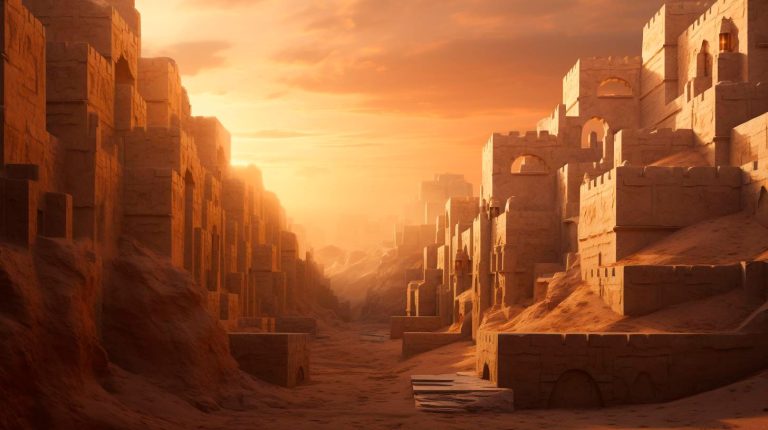

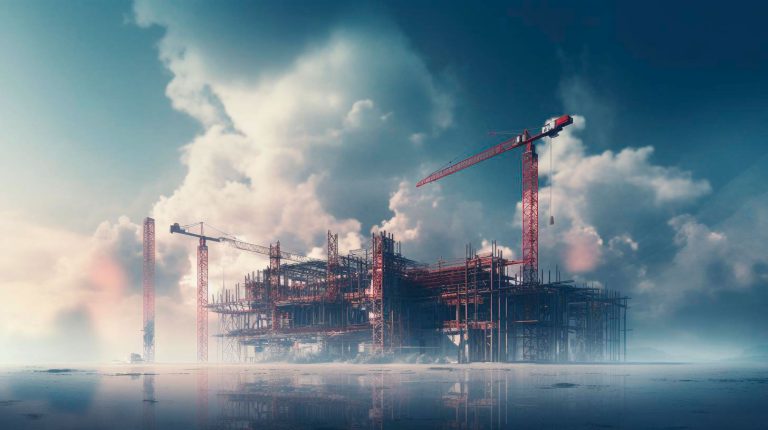
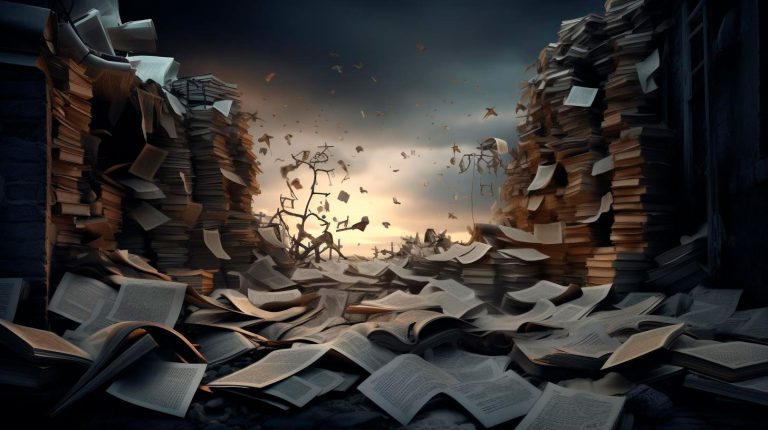

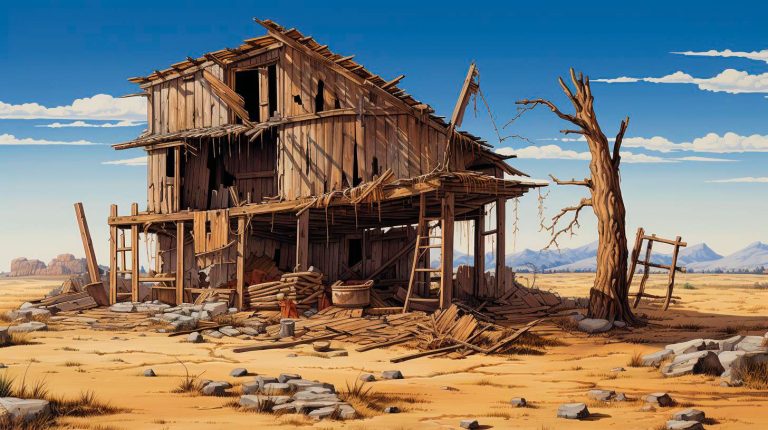
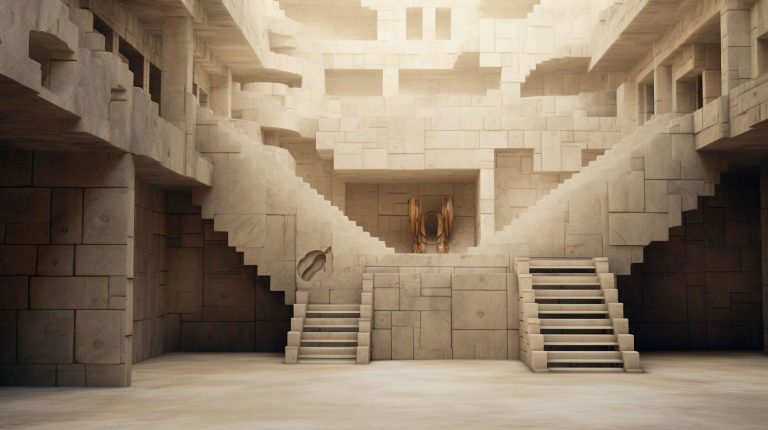
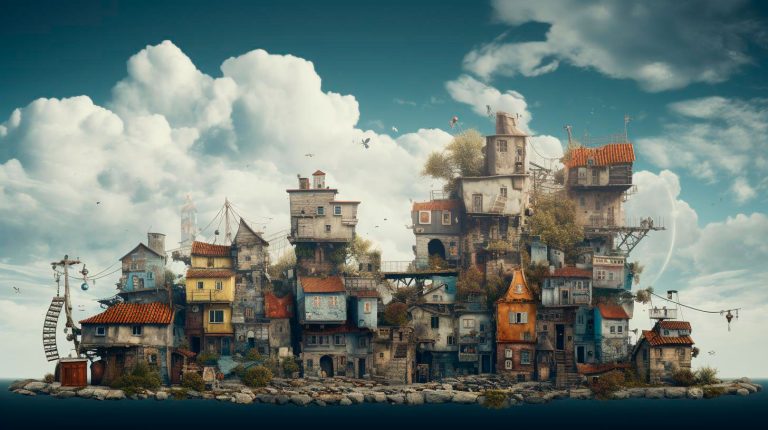







+ There are no comments
Add yours